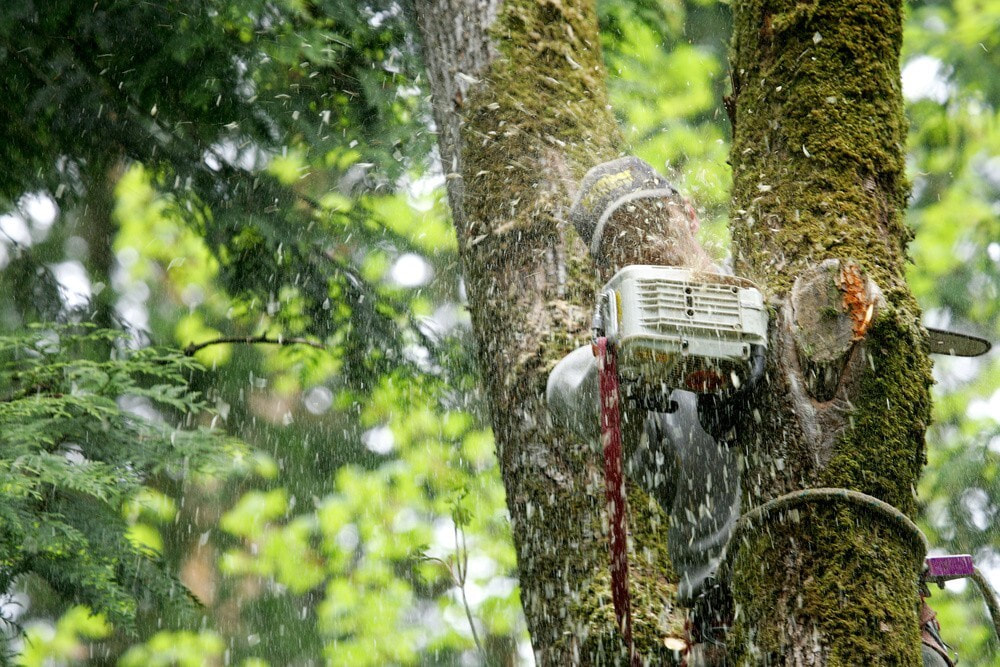|
Tree trimming is the utilization of specialized techniques in tree felling / trimming in residential built environments, such as backyards, alleys, roads, parks, and commercial landscapes. The tree trimming profession has grown in popularity over the past twenty years. It is expected to double in the next five years, according to a recent survey by the National Forest Service (NFS). Residential landscape architecture includes the creation of outdoor living spaces and the design of gardens and landscapes.
For homes or businesses, tree trimming ensures that trees are positioned in an appropriate manner. It eliminates the need for costly re-trimming, cutting, or mechanically removing old or unwanted growths from trees. The majority of consumers are unaware that tree trimming is necessary in most cases. Road deck, greenbelts, playground equipment, and trees on the lawn are all at the foundation of attention in the tree trimming business. The National Forest Service (NFS) assesses the condition of the landscape surrounding a home or business, identifying potential hazards and enhancing outdoor living spaces. Trimming trees can accomplish these goals. In addition to the aesthetic goal of improved design, tree trimming also helps reduce risk to people, property, and damage to the environment. The purpose of tree pruning is to remove unwanted branches, allowing for more efficient use of space. Additionally, it ensures that trees do not block water and stormwater runoff. One method of tree trimming involves the removal of large branches or a tree's crown. This is accomplished by cutting the top portion or "crown" of a tree, while leaving the lower portion or "branch" intact. There are two types of tree trimming, namely "indirect" trimming. Indirect trimmers are used to cut away larger branches and leave behind smaller ones. This technique is less time consuming than direct trimming. However, this technique requires more care when it comes to tree pruning since bigger branches could break off or bend a bit. For indirect tree trimming, a stump, a tree root, or a tree root ball is removed and discarded. After the stump is removed, the pruned portion of the tree is left intact. This technique is more time consuming than direct trimming. When the tree is pruned, you need to check for possible complications such as branch damage, which could require additional pruning to fix. Lateral branched branches are one of the most troublesome tree trimming issues. Typically, when a lateral branch happens to be protruding too far from the main trunk, there is a good possibility that it could grow into a property's window. To deal with this problem, it is best to carefully evaluate each branch's pose so you can eliminate unnecessary growth. You can do this by cutting the branch in two. Tree pruning often involves cutting back several limbs or even the entire tree. Branches that grow towards a home's foundation could serve as unwanted building structures. To remedy this issue, you can easily trim these branches. However, it is important to keep in mind that tree trimming should not be carried out unless you have already performed a thorough check up on the tree. By doing so, you will know that any future growth that may pose harm to your property is already dealt with. Whenever tree trimming becomes necessary, it is always safer to call professional tree service providers. Trimming power lines requires special skill and knowledge that only an arborist has. If you are not aware of the right techniques to use when trimming power lines, you could easily get yourself into a dangerous situation. Moreover, you could also get into trouble if you trim a line that runs through a tree that is located near a power line. If you are not aware of the right technique to use, you could lose a lot of property or even injure a person.
0 Comments
Leave a Reply. |
AuthorWrite something about yourself. No need to be fancy, just an overview. Archives
July 2021
Categories |

 RSS Feed
RSS Feed
